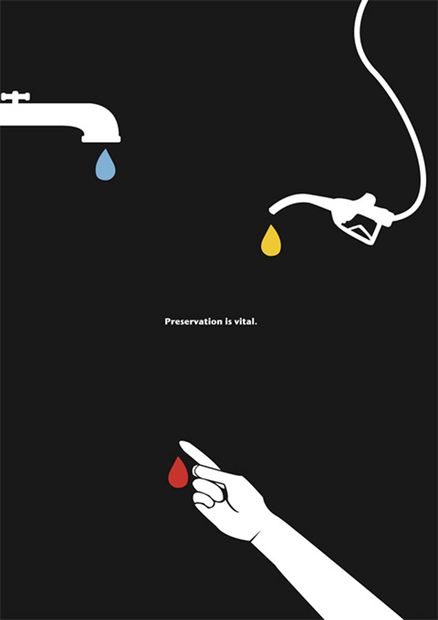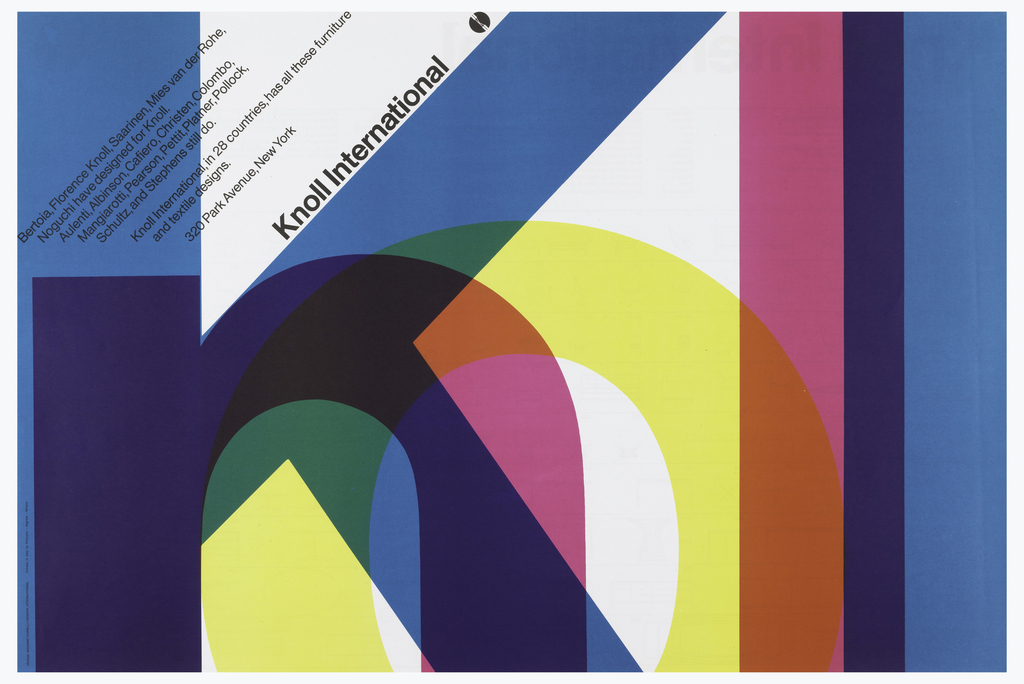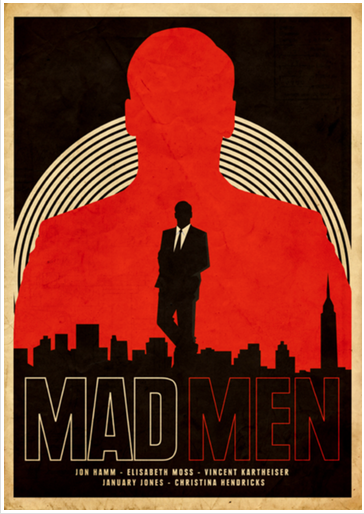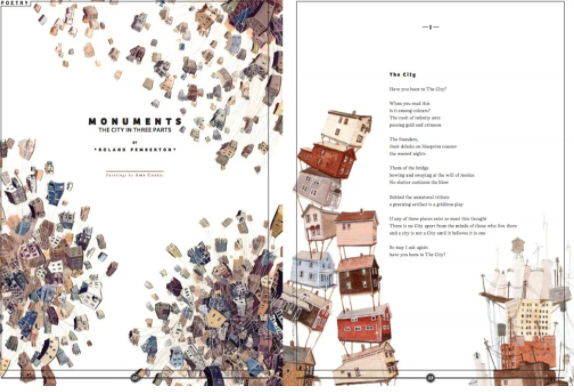
This poster by Unknown uses the gestalt principle of Similarity. This principle refers to how we interact with objects of similar colors, shape or scale. This poster uses the similarity of the water droplet shape to guide the eye through the poster. We subconsciously connect these three items the tap, gas tap, and [bleeding] hand by association. The common element – the liquid drop creates a grouping and relation to one another that we conclude immediately by looking at the poster.

This poster by Massimo Vignelli is an example of the principle of continuation. Continuation is used to guide our eyes by using different objects and how we naturally follow lines of curves in imagery. This poster uses lines and colors to guide our eyes in this poster. Our eyes follow the line of “Knoll International” then this leads us to the dark K, our eyes are drawn to the next letter N and then through the lighter letters and back to the final dark L. This use of color and the natural reading style from left to right guides our eyes through this poster. This image creates a circle, we are drawn around this image from the large letters to the small text.
Image 2 Link:
Image 2:
Tielman, M., 2021. A Colorful Identity | Cooper Hewitt, Smithsonian Design Museum. [online] Cooper Hewitt Smithsonian Design Museum. Available at: <https://www.cooperhewitt.org/2018/05/04/a-colorful-identity-2/> [Accessed 28 September 2021].


